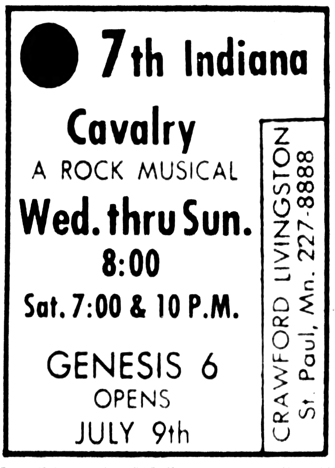House of Leather: 1969
March 26, 1969
THE HOUSE OF LEATHER
1969 was the year that Dale Menten (music) and Frederick Gaines (script) wrote and produced the rock musical “House of Leather.”
The show was set in a house of prostitution before, during, and after the Civil War. I was shocked to find a program among my mother’s souvenirs!
THE ALBUM
The House of Leather LP by Blackwood Apology was written by Dale Menten and recorded at Kay Bank Studios. The album was recorded under the Castaways’ Mercury/Fontana Records contract, with studio musicians Ron Beckman on bass, Tom “Foot” Husting on guitars with Menten, Denny Craswell on drums with Elliott Fine on the 6/8 time signature Civil War cut, Gregory Dee Maland on the Hammond organ parts, and Dennis Libby on grand and electric piano. Maland’s hospitalization for lung failure caused them to use Bob Schultz, engineer and choir director, to fill in on a few harmony parts in Maland’s absence. They were dubbed Blackwood Apology.
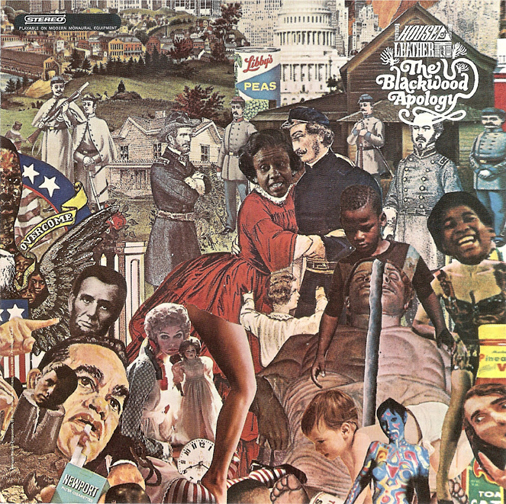
Tracks
1. Medley: Swanee River Overture / House Of Leather Theme – 2:06
2. Do You Recall The House Of Leather? – 2:47
3. Recess With Mrs. Grim – 1:03
4. Graduates Of Mrs. Grim’s Learning – 3:10
5. There Is Love In The Country (On The Donny Brooks Farm) – 2:03
6. Here I Am – 4:27
7. She Lives With Me – 1:07
8. There’s Love In The Country (On The Donny Brooks Farm) Reprise – 2:05
9. Time Marches On – 5:23
10. Dixie And The War – 3:21
11. Death And Reality – 2:52
12. Sarah’s On Her Knees – 2:46
13. Theme From House Of Leather (Epilogue In Suede) – 2:45
All compositions by Dale Menten
The House of Leather LP won the Connie Award for 1969 as Best Album of the Year. Dale Menten also won Best Artist and Repertoire and Best Composer for the work. Bob Schultz won the honors as Best Recording Engineer for his work on the album.
CHOIR CHRYSTAL
Rod Eaton wrote:
A Minnesota high school wanted to book the band for a dance. Because there was no actual Blackwood Apology, an agent decided he’d improvise – he’d send a group called Choir Crystal. No one knew what Blackwood Apology looked like. Neither did many know Choir Chrystal. I played in Choir Chrystal. We were a trio – Hammond, guitar, drums. We were also short lived – a handful of gigs in Wisconsin and outstate Minnesota. Plus one interesting afternoon amongst the fashion in the young men’s department of a JC Penney’s. On this night we traveled as Blackwood Apology. Along for the experience was Dennis Libby. Dennis could claim Blackwood bona fides – he played on the album. At the dance we had to apologetically inform the kids we were unable to play any of the music from House of Leather. Didn’t the agent tell you? Oh we’re so sorry – copyright restrictions. The dance went well despite the charade – everyone had a good time.
TOURING BAND
Menten created a new band with Dennis Libby as the only remaining member, and added Bruce Pedalty on keys, Dick Hedlund on bass, and Joey Piazza on drums. This band rehearsed with Menten on guitar, and went on the road to promote the House of Leather album in 1969. This was the band that opened the first Labor Temple Grateful Dead Show.
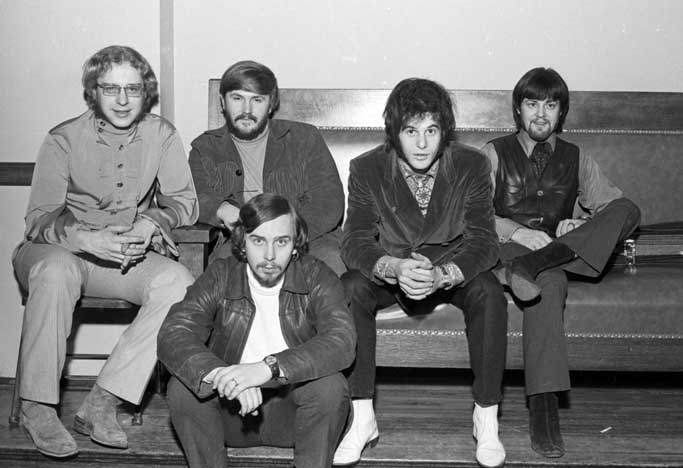
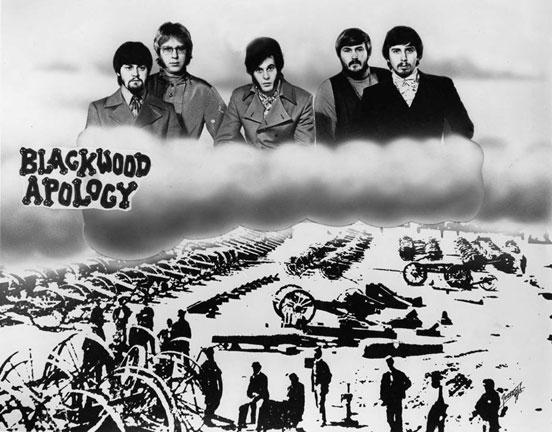
Photo above: The band that went on the road in 1969 to promote the Mercury/Fontana album, “The House of Leather.” Left to right: Dick Hedlund, Bruce Pedalty, Joe Piazza, Dale Menten, and Dennis Libby.
THE ROCK OPERA – MINNESOTA
Fred Gaines wrote a book of the same name and subsequent stage play, and H. Westley Balk, of Center Opera Company, directed the rock opera at Minneapolis’s Cricket Theater. It opened on March 26, 1969, and it played nearly 50 sold-out shows. The Cricket Theater production included the Blackwood Apology musical lineup.
The Schubert Club then sponsored another run at the Crawford-Livingston Theater in St. Paul, from July 18 to August 24, 1969. The program listed the musicians as:
- Dale Menten, Lead Guitar
- Dick Hedland, Fender Guitar
- Dick Rees, Organ and Flute
- Scott Sansby, Drums
- Dennis Libby, Lead Singer and Guitar
And that’s our Patrick Devine in the cast!
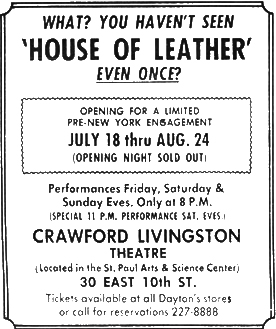
Below is the handbill given at the theater entrance in St. Paul and New York to set the mood of the Antebellum enterprise of the period fully legal.
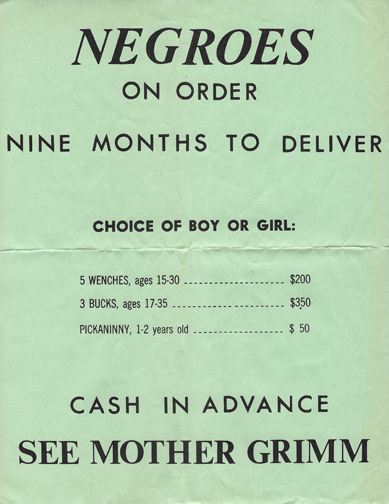
NEW YORK CITY
On the strength of its popularity in the Twin Cities, the play was taken to New York City.
Its debut on March 18, 1970, at the off-Broadway Ellen Stewart Theater (240 E. Third Street) brought a bad review from the New York Times, but favorable ones from the Village Voice and the Wall Street Journal.
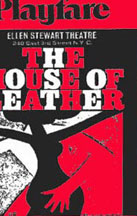
On the strength of its popularity in the Twin Cities, the rock opera was taken to New York City. Personnel included:
- Dick Shapiro, Producer
- William H. Semans (according to the New York Times review)
- Westley Balk, Director
- Dale Menten, Musical Director
- Gus Dewey (formerly of the Gestures and City Mouse),
- George Miller (from Choir Chrystal and Crocket), organ and vocals
- Peter De Anda (described as a late addition to the cast; known for work on “One Life to Live” and “Dan August”) replacing Minneapolis cast member Alfred Babbington Johnson
- Barry Bostwick (the future Brad in “Rocky Horror Picture Show” but described at the time as “a former member of the APA-Phoenix Repertory Company” with no screen credits at the time) replacing John Parriot
- Norma Jean Wood remained as Mrs. Grimm from the Minneapolis company.
- Jonelle Allen was recast as Sarah Jane, replacing Lynn Moody.
- Kathleen Miller was from a rock band called Saturday’s Children
Menten renamed the band “Hugo” for the New York run.
Feb 9: Rehearsal
Feb 17: Barry
Feb. 28: Charles McHarry of the New York Daily News reported that Marshall Naify, board chairman of United Artists Theaters, was the solo backer of “House of Leather.”
After many notices saying that the show would open on March 16, it was announced in the New York Daily News that it “has put down next Wednesday for its premiere.. It had been listed for next Monday.”
HOW MANY PERFORMANCES?
Common thought is that the show closed after one performance. The New York Times review on March 19, 1970, seemed to indicate that there were three performances.
Dennis Libby said that the show sold out previews for several weeks, six shows and two matinees per week before its official debut on March 18.
The New York Daily News said it in one sentence: “The House of Leather closed Wednesday after its initial performance.”
THE NEW YORK TIMES REVIEW
Its debut on March 18, 1970, at the off-Broadway Ellen Stewart Theater (240 E. Third Street) elicited a snide and vicious review from Clive Barnes of the New York Times the next day. Excerpts:
Now anyone can write dull musical. Given a little dull experience, I could probably write a dull musical myself. But to write a dull rock musical about a New Orleans whorehouse at the time of the Civil War takes a certain kind of genius for dullness.
Mr. Menten’s sounds are not as much rock as concrete, and Mr. Gaines’s book is a mixture of pretentiousness and ineptitude.
The direction by H. Wesley Balk proved as pompous and as inflated as the writing.
The rest of the cast was at least adequate, and the musicians always en [This last word is cut off online and hopefully it is “enjoyable?”]
PANIC AND CLOSURE
Based on that one review, Dick Shapiro and Cricket Theater Artistic Director William Semans closed the show. The next morning, the Village Voice and the Wall Street Journal printed favorable reviews, but the decision had already been made.
Dick Hedlund and Dick Borotolussi reported in the May 16-23, 1970 issue of the Insider that one of the things that went wrong in New York was the addition of more sex to the show.
Dennis Libby makes his position clear that the show was cancelled prematurely:
No hearsay, no conjecture: Shapiro and Semans blew it, and it’s needed to be said for a long time. What better place then right here, right now.
ANOTHER BOMB
Coincidentally, our Minnesota musicians were in New York at the same time and place as the Weathermen bombing in Greenwich Village on Friday, March 6, 1970. Weatherman members Theodore Gold and Kathy Boudin blew themselves up into millions of pieces while making bombs in the basement of a posh townhouse.
Dennis Libby remembers:
We were staying in suites at the historic Van Rensselaer Hotel near Washington Square in the East Village, a long block from the “Weatherman” secret headquarters where the violently subversive, revolutionary group were building bombs in the basement. Early one early Friday afternoon, as we were to ready to exit the 5th floor hotel suites to catch cabs to the theater for matinee and evening shows, a huge explosion occurred at the Weatherman brownstone up the street, blowing the glass windows into our suites, creating a huge crater in the street, damaging Dustin’s Hoffman’s brownstone next door (luckily no one home), and creating chaos on the street, as we attempted to flag cabs to the theater. Returning late evening from our two shows was difficult as well, since there were hundreds of people milling around the now barricaded street with a bomb squad truck sitting in the crater out front of the demolished building and police everywhere. Reports the next day stated that body parts of the man whose bomb blew up were discovered on several roofs and elsewhere away from the blast. We were still finding small shards of window pane glass for days on the carpets of our rooms.
STRANDED?
Hedlund and Borotolussi also stated that union disputes left the Minneapolis musicians stranded in New York for a while.
Dennis Libby wrote that “the band, seasoned troopers they were, packed up the van and came home; those of us that were Actors Equity had provisional transportation for airfare in our contracts.”
SEVENTH INDIANA CAVALRY
Menten went on to write a follow-up to “House of Leather” called “Seventh Indiana Cavalry,” which had to do with Wounded Knee. It premiered on June 10, 1970, at St. Paul’s Crawford-Livingston Theater, produced by Hugo Square Productions and the Schubert Club.
